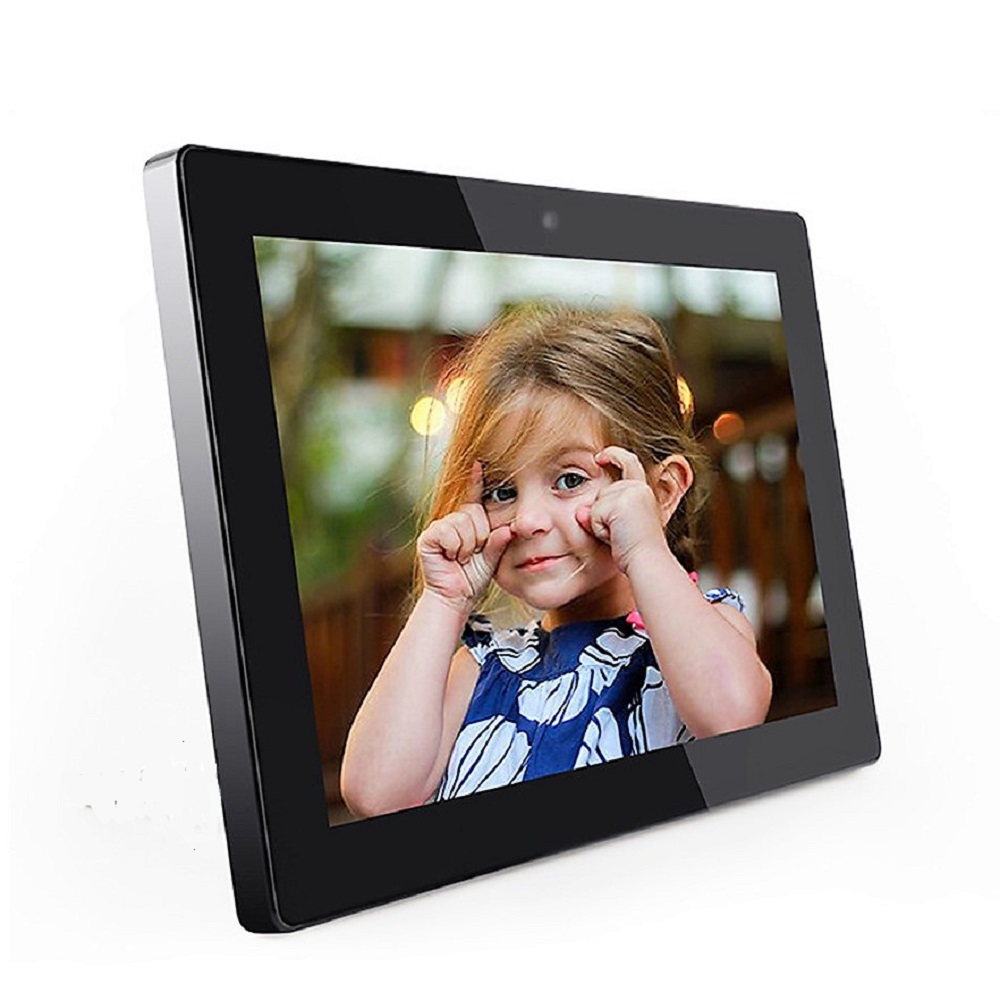Choosing the right industrial LCD monitor for machines involves considering several key factors to ensure it meets the specific needs of your application.
Here are some important criteria to guide your selection:
1.Environmental Conditions
Temperature Range: Ensure the monitor can operate within the temperature range of your environment, especially if it will be exposed to extreme hot or cold conditions.
Humidity and Moisture: If the environment is humid or wet, choose a monitor with an appropriate IP rating for water and dust resistance (e.g., IP65 or higher).
Vibration and Shock: Industrial environments often involve vibrations and shocks, so look for monitors that are built to withstand these conditions.
2.Durability and Build Quality
Materials: Opt for monitors made from robust materials such as stainless steel or reinforced plastics that can withstand harsh conditions.
Protective Features: Consider features like anti-glare coatings, scratch-resistant glass, and rugged enclosures.
3.Display Specifications
Brightness: Ensure the monitor has sufficient brightness (measured in nits) for visibility in your lighting conditions, especially if used in brightly lit or outdoor environments.
Resolution: Choose a resolution that meets your clarity needs. Common resolutions include Full HD (1920×1080) and 4K (3840×2160).
Size: Select a screen size appropriate for the distance from which operators will be viewing the monitor and the amount of information that needs to be displayed.
4.Touchscreen Capabilities
Touch Technology: Decide between resistive, capacitive, or infrared touch technology based on your application’s needs. Resistive is more durable for harsh environments, while capacitive offers better touch sensitivity.
Multi-Touch: Consider if multi-touch capability is required for your applications, enabling more complex gestures and interactions.
5.Mounting Options
Panel Mount: For integration into control panels or machinery, ensure the monitor has appropriate mounting hardware and fits standard panel cutouts.
VESA Mount: For flexibility in mounting, verify if the monitor supports VESA mounts.
6.Connectivity and Interfaces
Input Options: Ensure the monitor has the necessary input ports (e.g., VGA, HDMI, DVI, DisplayPort) to connect to your equipment.
Additional Ports: Consider additional connectivity options like USB, RS-232, and Ethernet for expanded functionality.
7.Power Requirements
Voltage: Check the power requirements and ensure compatibility with your power supply.
Power Consumption: Evaluate power consumption to ensure efficiency and compatibility with your power management systems.
8.Certifications and Standards
Compliance: Ensure the monitor meets industry standards and certifications relevant to your application (e.g., CE, UL, FCC).
Safety Ratings: Look for safety ratings that indicate the monitor is suitable for industrial use, such as NEMA for enclosures.
9.Customization and Expandability
Custom Features: Some manufacturers offer customization options for industrial monitors, such as specific connectors, bezels, or touchscreen configurations.
Future-Proofing: Consider whether the monitor can be easily upgraded or expanded in the future to accommodate new requirements.
10.Vendor Support and Warranty
Technical Support: Choose a vendor that offers robust technical support and after-sales service.
Warranty: Look for a comprehensive warranty that covers parts and labor for an extended period.
11.Cost and Value
Budget: While it’s important to stay within budget, don’t compromise on essential features and quality. Often, investing in a higher-quality monitor can save costs in the long run due to reduced downtime and maintenance.
By carefully considering these factors, you can select an industrial LCD monitor that will provide reliable performance, durability, and functionality in your specific application.

